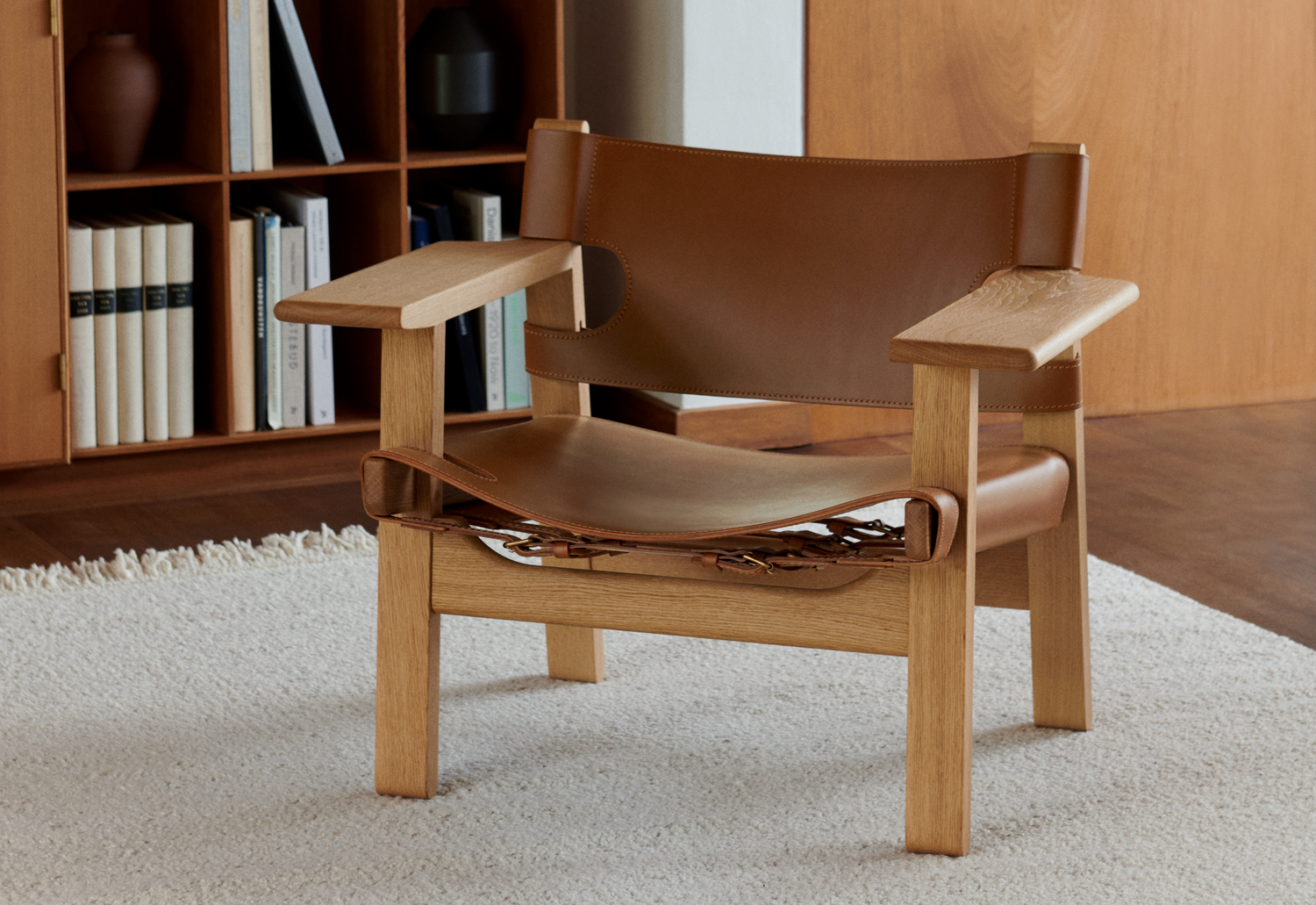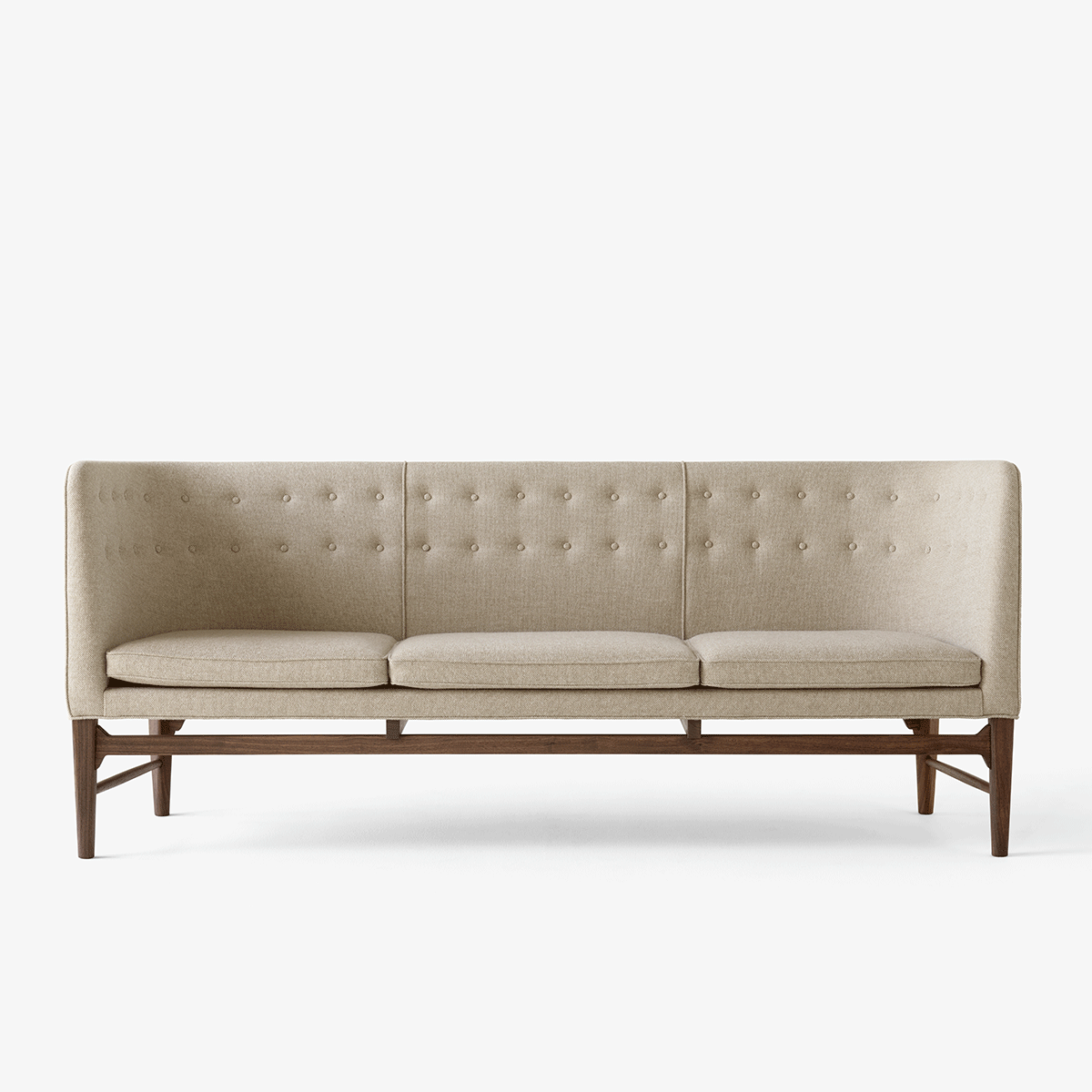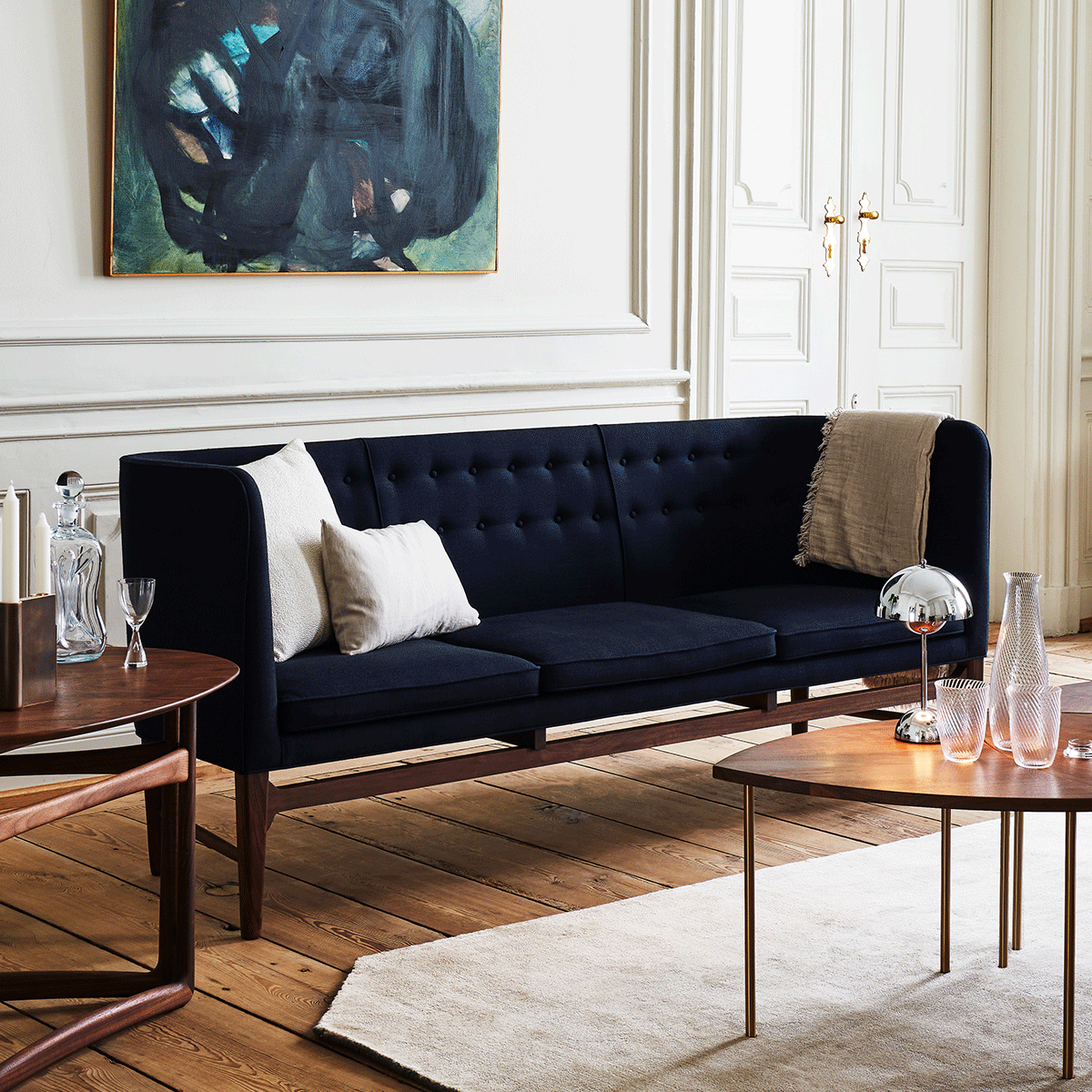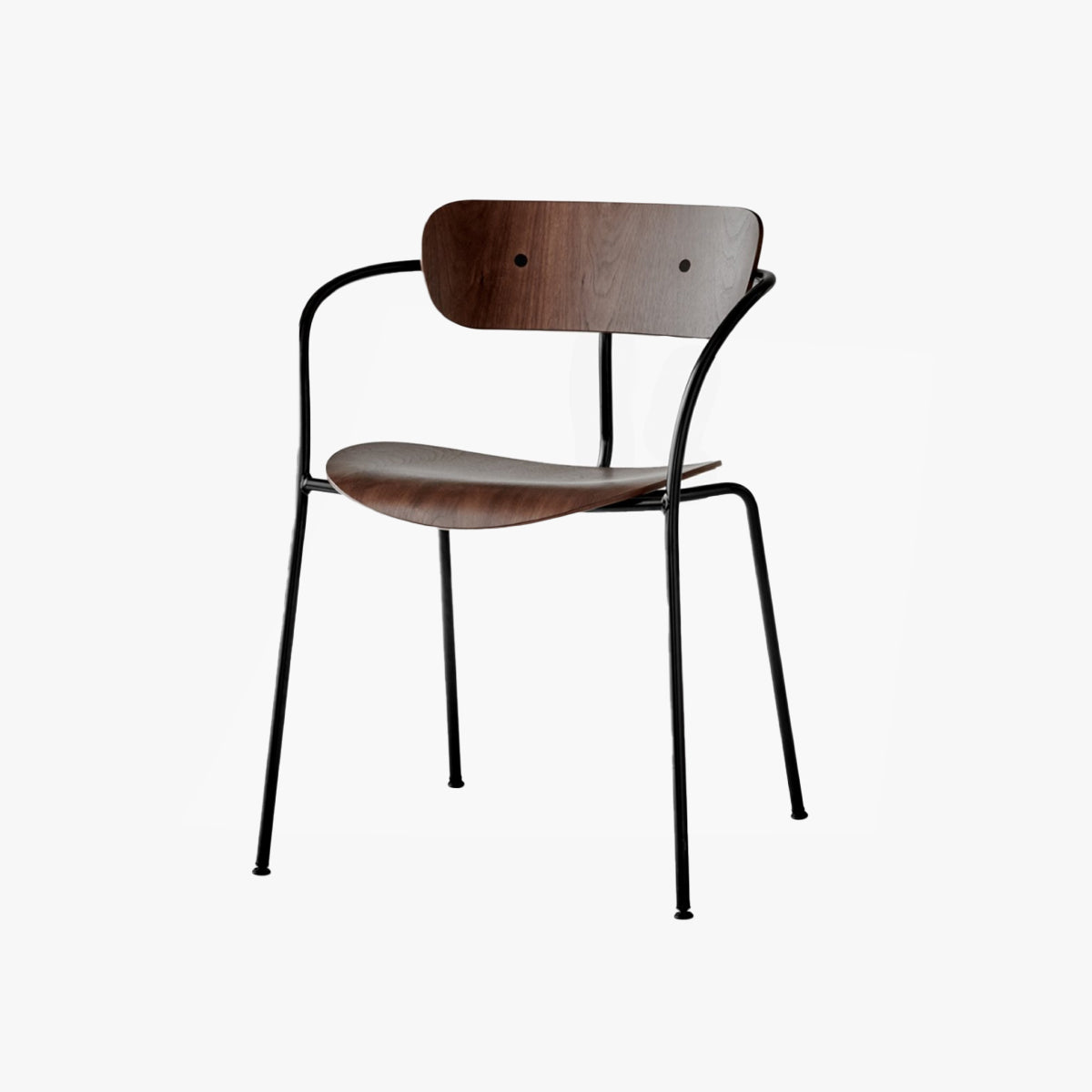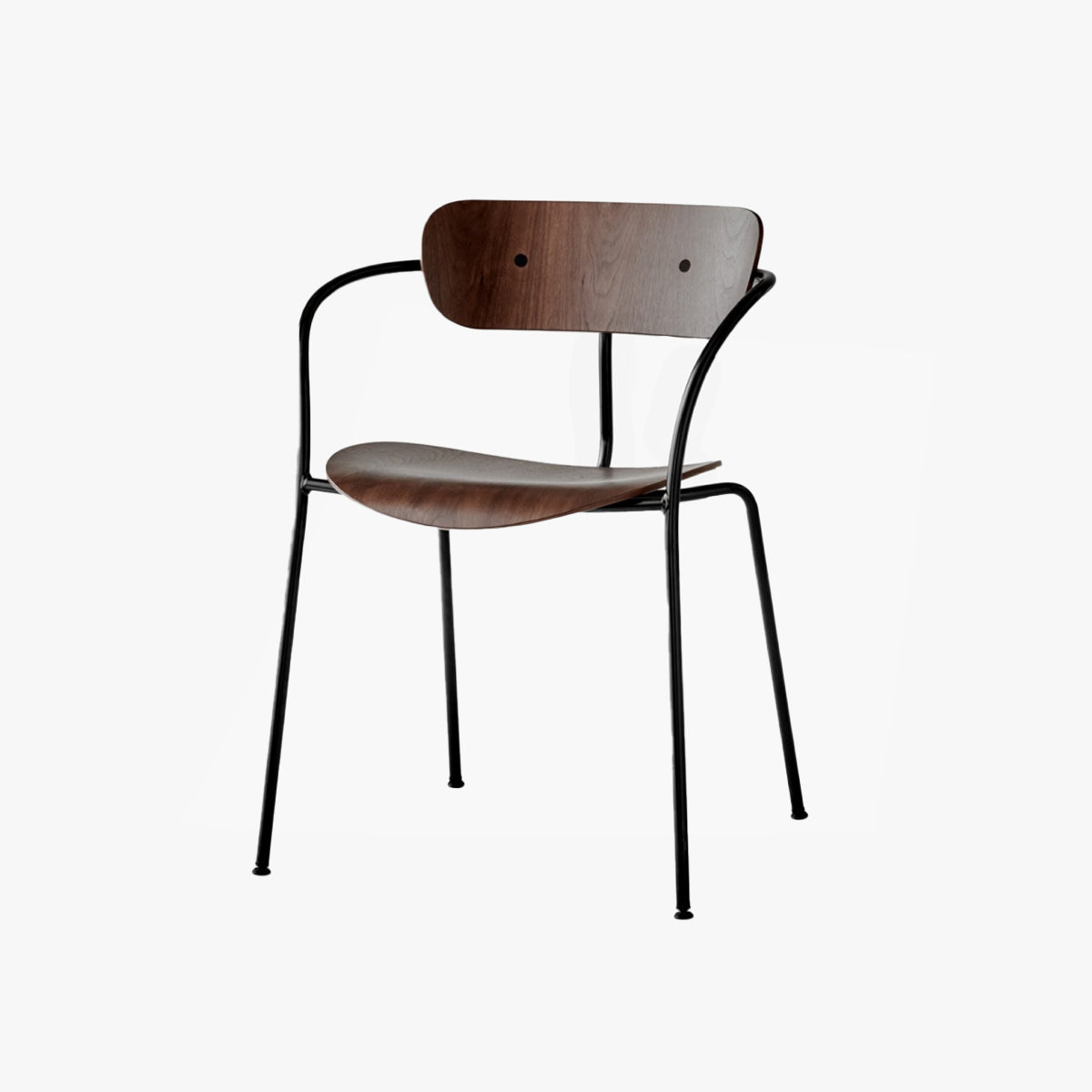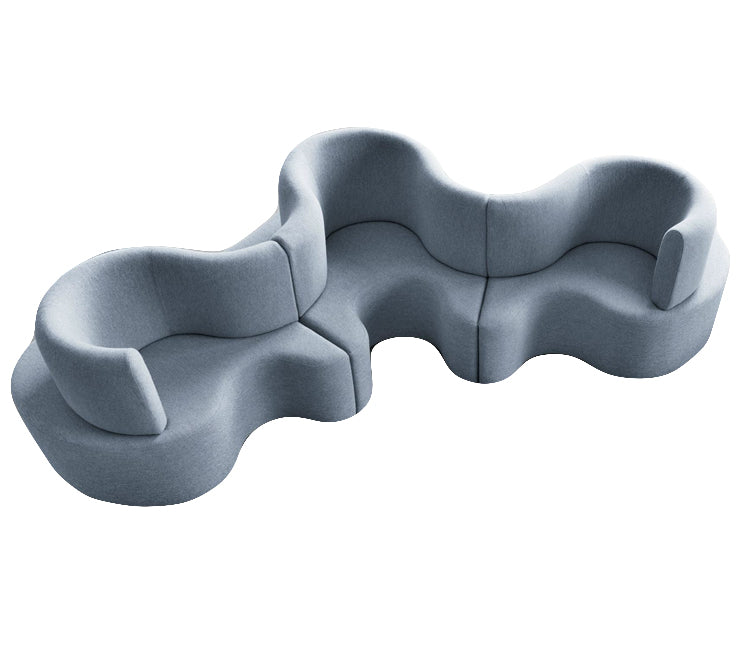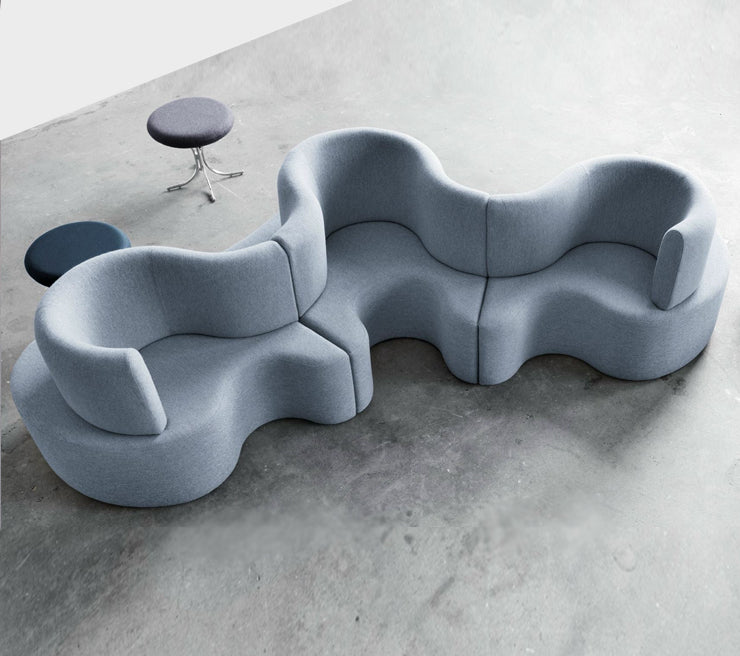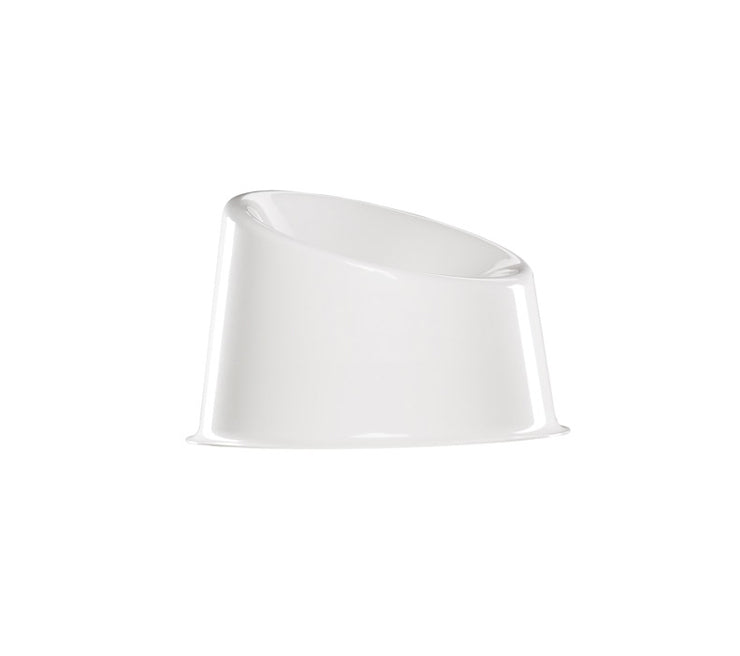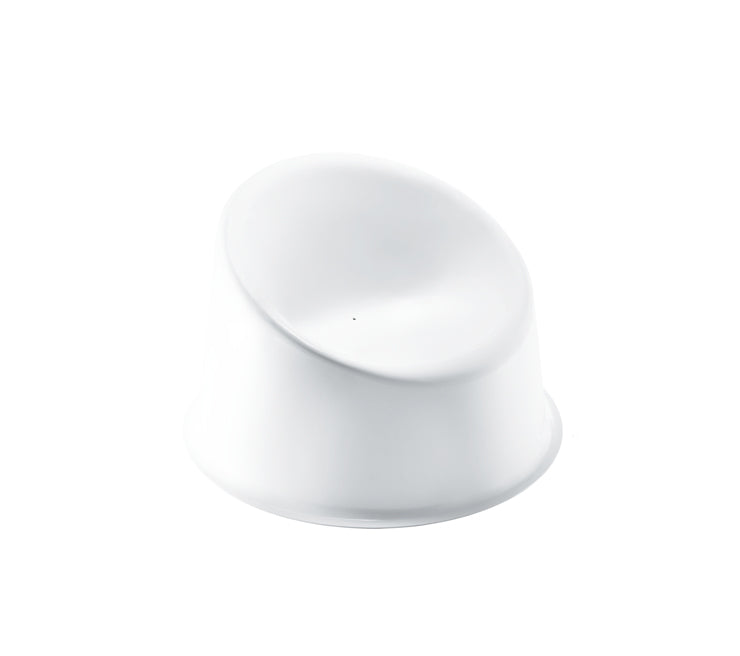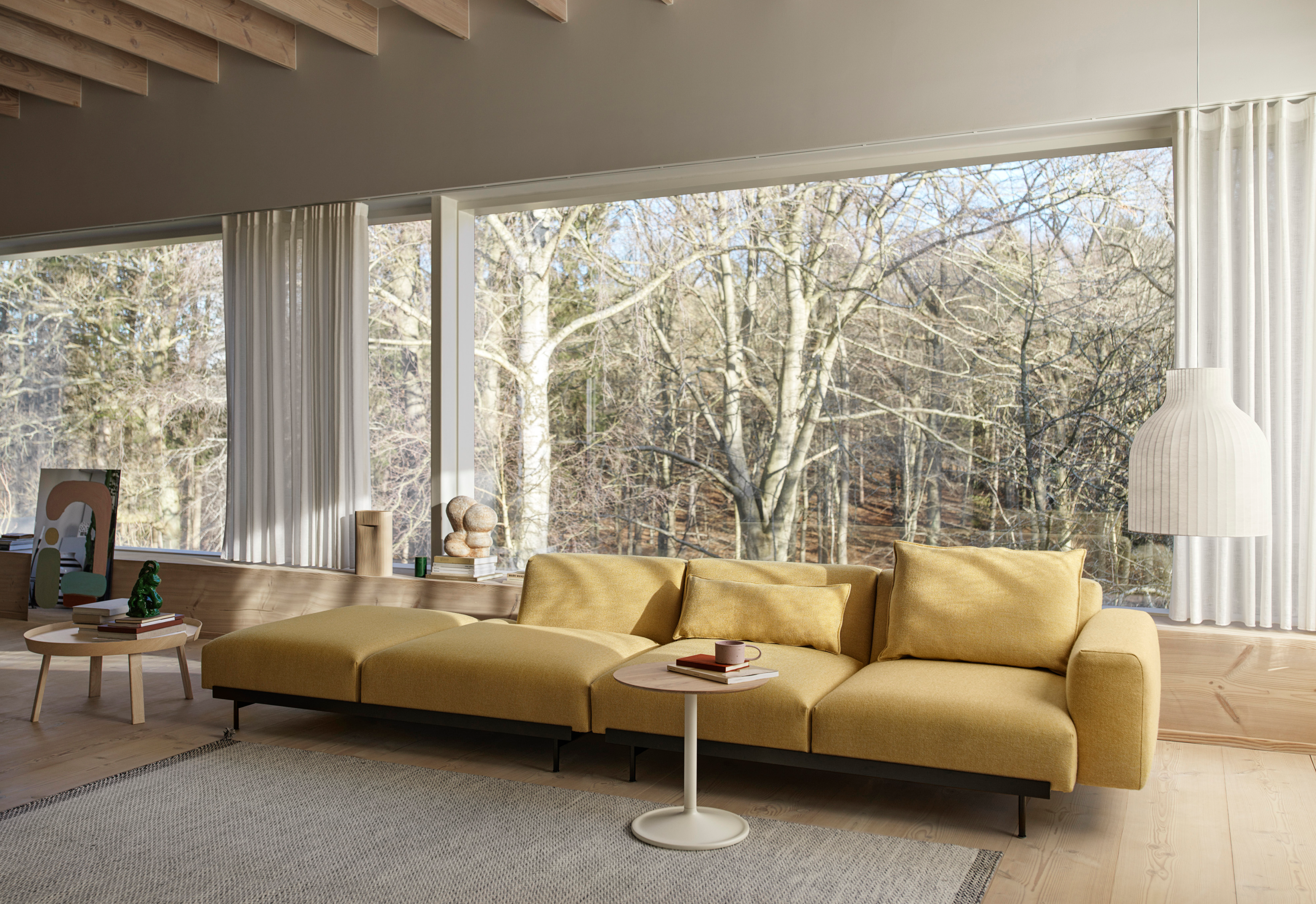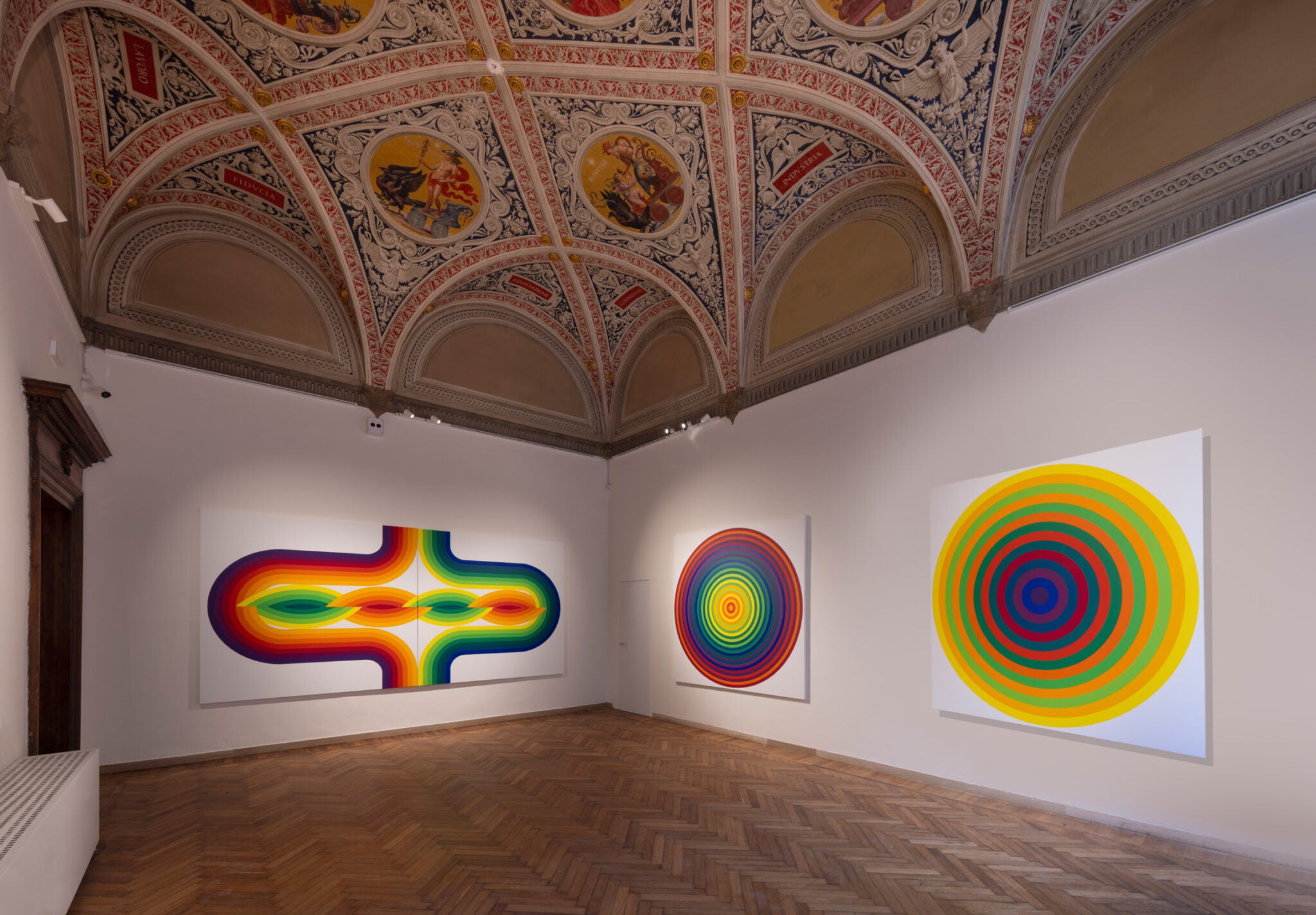Nordic design has had a significant cultural impact and importance throughout Europe since the post-war period with its idea of functionalism.
By Caterina Frittelli
In the collective imagination, especially of non-experts, Scandinavian architecture and design are linked to an idea of minimalism and aseptic functionalism , of environments and furnishings characterized by few colors and an abundance of wood. Some of these peculiarities reflect the essence of Nordic design , but reducing it to these simple concepts not only diminishes its complexity but underestimates the importance and cultural impact it has had since the Second World War throughout Europe .
The founding principles of Scandinavian architecture, called New Empiricism , are the renewed interest in man and his habits, his needs and his psychological needs, in opposition to the excessive schematism and rigid formalism of the rationalist architecture of the thirties. In this new current - which recovered traditional values and was distinguished by a progressive humanization of the Modern Movement - sensitivity towards the context, attention to the quality of materials , the recovery of interest in domestic architecture - understood as a place of living in which man can live comfortably and surrounded by nature - have become the cardinal principles, distancing themselves from the standardized canons of architecture and design of previous years. Precisely in countries where the climate is harsh and the hours of daylight are scarce, where the external space is not welcoming for the man who lives there, the greatest attention is paid to the internal space , to the importance of comfort, given by the warmth of the materials and the environment , by the colours and the correct lighting , by 360° well-being .

Architects such as Alvar Aalto, Arne Jacobsen, Verner Panton, Hans J. Wegner, not only influenced the concept of modern architecture, but gave centrality to man and the quality of living , placing ever greater attention on the care of interior design, made up of spaces and objects that surround us in everyday life . One of the fundamental values of the architects who characterized Scandinavian modernism is to consider the design of a building as a total work, which concerns not only the composition and the external appearance of the structure but also the internal space, including furnishings and accessories - such as lighting fixtures, furniture and complements.
Alvar Aalto (1898-1976), a Finnish architect and designer among the most important figures in 20th-century architecture, in his design for the Paimio Sanatorium (1929-1933) paid the utmost attention not only to the psychophysical well-being of the hospital's users – orienting the building and balconies to maximise the benefits of exposure to the sun and heliotherapy – but also to ergonomics, designing the wooden furnishings together with his colleague and wife Aino, including the famous Armchair 41 – still produced by Artek , the company the two founded in 1935. The attention to detail and living comfort was such that Aalto created washbasins for the hospital rooms with a particular shape for Paimio, so that the noise caused by the flowing water would not disturb the other patients, and he designed the window parapets so that they were high enough to allow patients to enjoy the view and the surrounding greenery even from their beds. Aalto preferred wood for the furniture, replacing the more revolutionary chromed steel, because it was more suitable, from a thermal point of view, for contact with the human skin and more pleasant from an acoustic point of view, compared to metal. Details that declare the ultimate goal of Aalto's projects: the real man, not a standard, as the end user for architecture and industrial design. Alvar and Aino worked together until 1949 (the year of the woman's death) designing one icon after another, including Stool 60 (1932) and Chair 69 (1935) – both for Artek, in bent birch wood – and the series of curved glass vases for Iittala (1935), timeless objects with a refined aesthetic.

Arne Jacobsen (1902-1971), considered the master of Danish Modernism, trained at the School of Architecture of the Royal Danish Academy of Fine Arts, laid the foundations of his architectural style in the 1930s, but soon moved away from the characteristics of the International Style to take the path of an architecture of formal moderation, characterised by clean lines and sober forms combined with a material elegance inspired by the purity of traditional Danish architecture and classical craftsmanship applied to design.
Reissued by the Danish company &tradition, the Bellevue lamp collection – with its characteristic slender swan neck and sculptural form – reflects Jacobsen’s purity and sense of proportion, which he believed to be the most important factor in design. Originally launched in 1929, the lamps were inspired by the Bauhaus and marked the dawn of Scandinavian minimalism. In one of his most famous projects, the SAS Royal Hotel in Copenhagen (1958-1960), Jacobsen (as well as the building) designed every detail, from the furniture – such as his elegant Drop™ and Egg™ chairs – to the lighting – such as the AJ lamp collection, produced by Louis Poulsen – through to the fabrics, ashtrays and cutlery.

Among the most prolific and creative architects and designers we cannot fail to mention Hans J. Wegner (1914-2007), often called the master of the chair for having designed nearly 500 chairs over the course of his long career, some of which were produced by Carl Hansen – such as the Wishbone Chair CH24 (1949), and the Lounge Chair CH25 (1950) – and recognized as true masterpieces still in production after more than 70 years. For Wegner, a chair was not just a piece of furniture, but a work of art created to support the human form.
Together with Børge Mogensen (1914-1972) – a Danish designer famous for his attention to the accessibility of his products, designed to last over time with solid materials typical of Nordic craftsmanship – they belong to the generation that gave birth to what is now called the Golden Age of modern Danish design. Among the many Mogensen designs we still remember today are the famous Spanish Chair (1958) – produced by Fredericia, in solid oak and top-quality saddle leather – and the J41 and J42 chairs, now reissued by the Hay company.
A few years later, one of Jacobsen's most prodigious students, Verner Panton (1926-1998) – who worked with the master on the famous Ant™ chair (1952) – revolutionised the idea of Nordic design when in the 1960s he designed the strikingly colourful and unconventional interiors of the Astoria Hotel in Trondheim, Norway – for which he designed the Topan lamps (1960), now produced by &tradition, and the Cone and Heart Cone armchairs (1959), produced by Vitra. His vast and complex production favours essential forms combined with an extraordinary sensitivity to colour and a strong graphic expression made possible by materials that were new to the time, such as plastic and polyurethane. One of his most famous chairs (all designed by rejecting the idea of the canonical four legs) is certainly the Panton Chair (1958-1968), also produced by Vitra: with an ergonomic shape that follows the lines of the human body, it is the perfect fusion between the idea of anthropocentric design typical of the Scandinavian Modern movement and the pop and colorful style of the Sixties and Seventies. He is the designer of the famous Flowerpot lamp (1968) – designed for the new headquarters of the Spiegel publisher in Hamburg and produced in a large collection by &tradition in many shades – which became an icon of the “Flower Power” movement and which immediately fascinated with its vivid and bright colors and its rounded shapes. His interior and installation projects were incredibly visionary and provocative: they amazed with the all-encompassing idea of color and the “emotional” consequences on man; they were truly immersive experiences with a three-dimensional concept of the use of space and a constant stimulus to dare with the colours of the environments.

In Panton's designs, every single detail was thought out and developed by him so that everything, from the floor to the ceiling and the walls, was covered in bright colours, fluid shapes and visionary inventions – such as the Spiegel Lamp, produced by Verpan or the Living Tower mobile sculpture by Vitra.
Contemporary Scandinavian designers, on the other hand, such as Space Copenhagen, GamFratesi and the Norwegians Anderssen & Voll, in their interior design projects and in the products they design, recover the Nordic modernist tradition, declining it in a contemporary and innovative way. Some of their most famous products – such as the Loafer sofas (designed to dialogue with Jacobsen's furnishings in the interior renovation project of the SAS Royal Hotel) or the Copenhagen lamp collection, both for &tradition, by the design duo Space Copenhagen – manifest the ambition to create a new style by combining classic and modern, industrial and elegant, sculptural and minimal, in a fresh and refined contrast capable of giving birth to new timeless icons. Like the Pavilion chair collection (&tradition) and the Rest sofa, for Muuto, by Anderssen & Voll, products with a clear retro imprint that in their design combine contemporary materials and essentiality with new interpretations of shapes and lines from the past.



